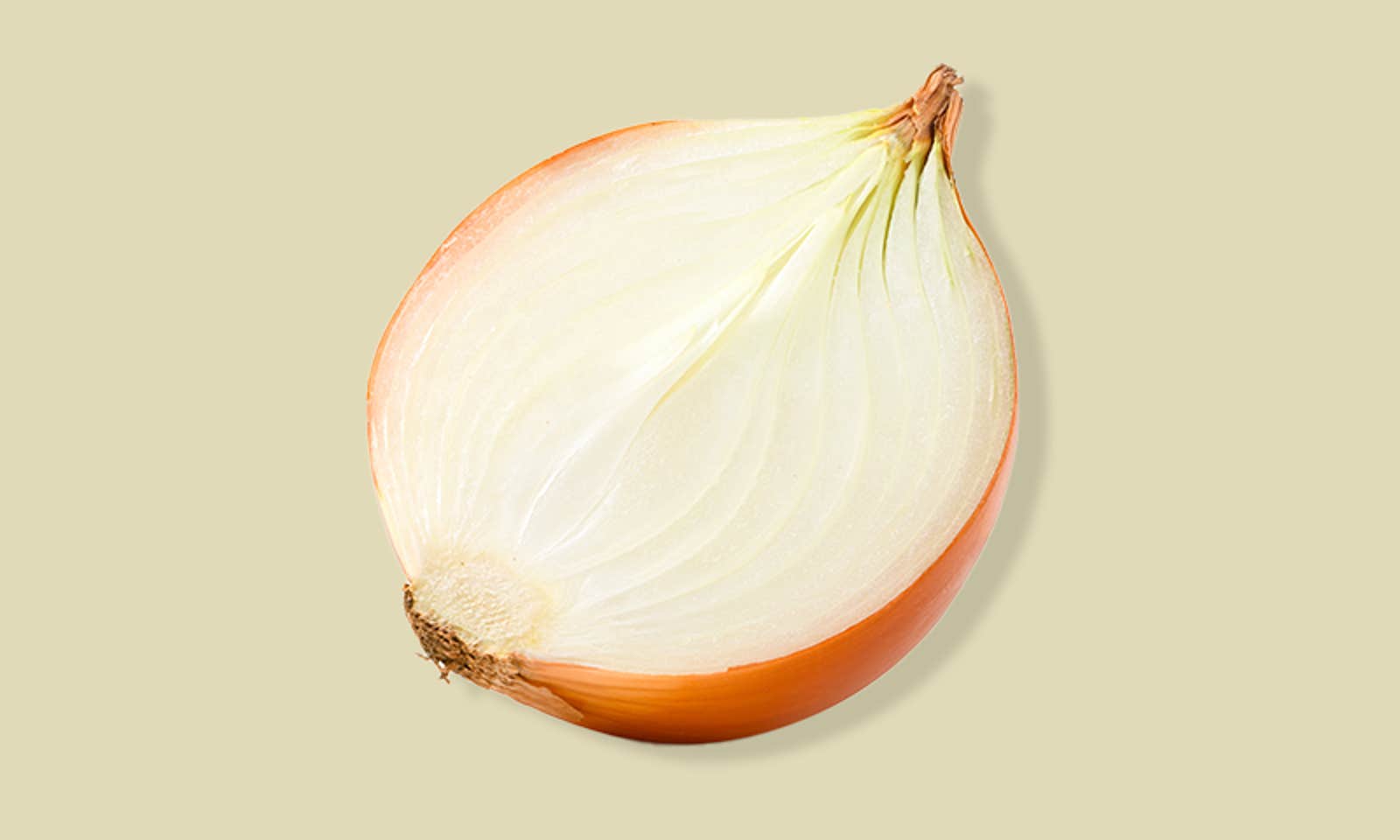You get home from work after a busy day and rush to prepare dinner. Moments later, you’re reeling from a chemical attack in your own kitchen—onion fumes and a blurry-eyed interruption of the evening’s prep. It’s a scenario so familiar it seems inevitable, but what if science can help?
While tips for mitigating the tear-inducing effects of chopped onions are legion, the science behind them is relatively scant. We know the chemistry of why slicing onions causes tears—sulfur-containing compounds tickle the nerves in the cornea—what’s less clear are the physics behind the eruptions of these noisome fumes. Until now.
Publishing in the Proceedings of the National Academy of Science, Cornell University researchers revealed some new insights into the mechanics of onion droplet formation—and some handy tips on how to minimize it.
To study the phenomenon, researchers used a computer model to analyze high-speed footage of knives of various sharpness cutting onions at various speeds. They found that “faster or blunter blades significantly increase both the number and energy of ejected droplets.” In other words, using a sharp knife and slow slices can limit obnoxious onion aerosols from reaching your eyes. (Bad news for those of us whose knives and time management skills aren’t as finely honed as they should be.)
Read more: “Why Revolutionaries Love Spicy Food”
The reason, according to the authors, lies in the structure of the onion itself. The outermost layer of the bulb, just beneath the papery skin, is relatively tougher than the inner layers. That means when a blunt blade presses down, it compacts the spongier mesophyll beneath, yielding a more energetic burst and a higher volume of fluids upon release.
So razor-sharp knives and deliberate cuts are your best bet to minimize droplets reaching your eyes, but what about other remedies? Researchers did take a look at whether refrigerating onions reduces droplets, but came up with a fresh caution. They found that chilling onions actually yields a larger volume of droplet ejection, possibly due to the brittleness of plant tissues at lower temperatures (although the authors note more study is needed before any definitive conclusions can be reached).
For those wondering why scientists would spend their efforts parsing diced onions, the applications of their research go beyond merely making meal prep a more dry-eyed affair. Foodborne illnesses can spread, not just by contact with contaminated tissues, but also through aerosolized fluids. “Atomized droplets are perfect carriers of viruses and bacteria,” the authors wrote, including Salmonella and Campylobacter. Something to consider the next time you jump into slicing without sharpening your knives first. ![]()
Enjoying Nautilus? Subscribe to our free newsletter.
Lead image: Photoongraphy / Shutterstock
































